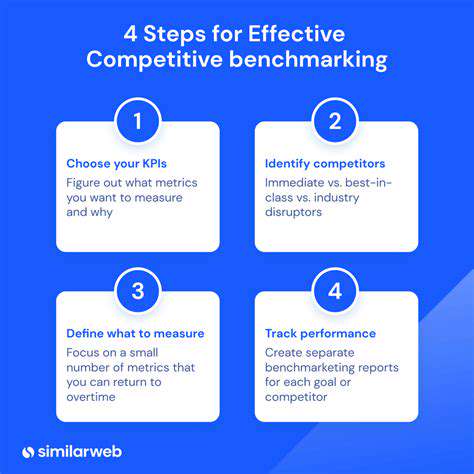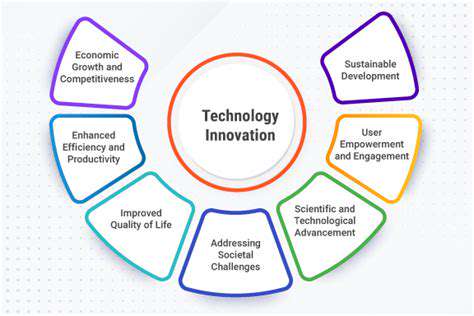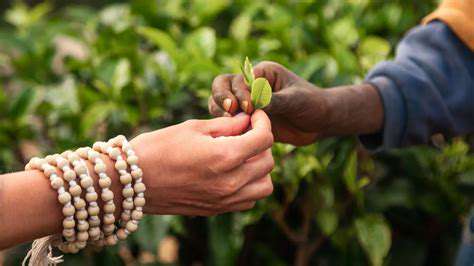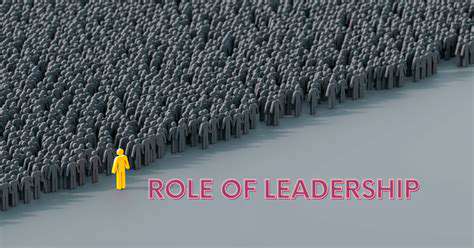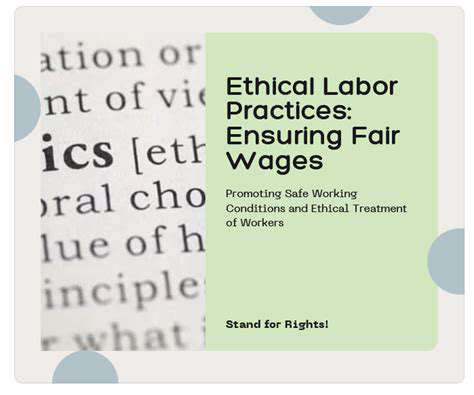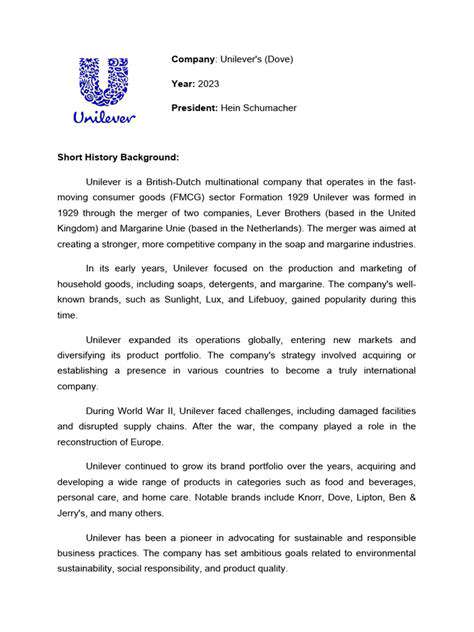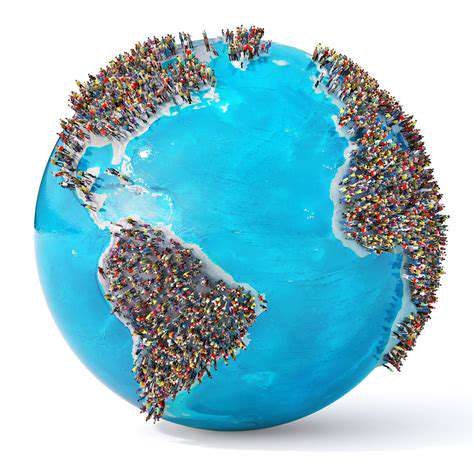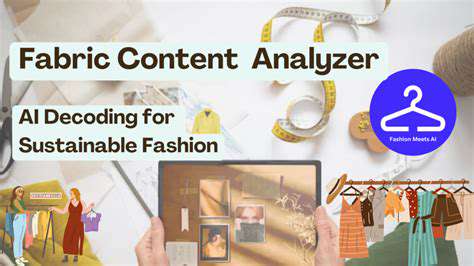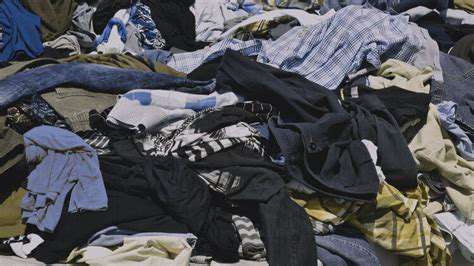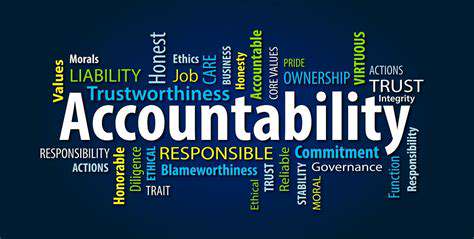From Landfill to Loom: The Power of Textile Recycling
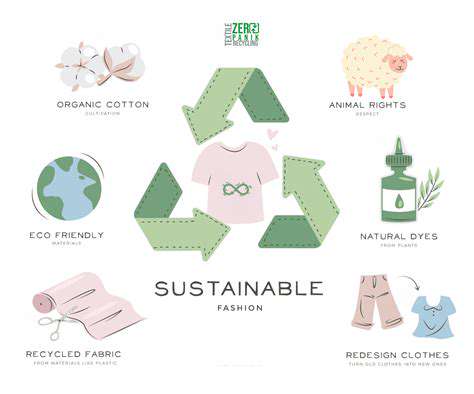
Pre-consumer Textile Recycling
Pre-consumer textile recycling focuses on reducing waste during the manufacturing process. This involves using recycled fibers in new textile production, minimizing the amount of raw materials needed and reducing the environmental impact of creating new fabrics. This approach significantly reduces the need for virgin materials, conserving natural resources and lowering the overall carbon footprint of the textile industry. By incorporating recycled fibers into the manufacturing process, companies can create innovative fabrics with reduced environmental impact.
A key aspect of pre-consumer recycling is the development of technologies and processes that allow for the effective separation and reuse of textile materials during the production stages. This optimization of the production line is critical to maximizing the use of recycled materials, thereby reducing waste and promoting sustainability.
Post-consumer Textile Recycling
Post-consumer textile recycling involves collecting and processing used textiles from consumers, such as clothing, carpets, and other textile items. This process often requires sorting and cleaning the materials before they can be reused in new products. The challenge lies in the variety of fiber types and the contamination that can occur during the collection and processing stages.
The goal of post-consumer recycling is to recover valuable fibers from discarded textiles and convert them into new products. This reduces the demand for raw materials and lowers the environmental burden of the textile industry by diverting waste from landfills. This method is essential to creating a circular economy for textiles.
Types of Textile Recycling Technologies
Various technologies are employed in textile recycling, each with its own strengths and weaknesses. Mechanical recycling, for example, physically separates fibers, suitable for fabrics made from similar fibers. This method is relatively cost-effective, but its ability to handle mixed materials and complex fabrics is limited. Chemical recycling, on the other hand, uses chemical processes to break down fabrics into their constituent components, allowing for more complex materials to be processed.
Other recycling methods include thermal recycling, which uses heat to break down the textile materials, and enzymatic recycling, which utilizes enzymes to break down the fibers. Each method has unique properties and limitations, and the choice of technology often depends on the specific type of textile material being recycled and the desired end-product.
Challenges and Future Directions in Textile Recycling
Despite the growing importance of textile recycling, several challenges remain. Contamination, sorting, and processing of different textile types pose significant hurdles for achieving efficient and cost-effective recycling. The heterogeneity of textile waste, with different fibers and colors, often makes it difficult to separate and reuse effectively.
Future research and innovation are crucial for overcoming these challenges. Developing new technologies for sorting and separating mixed textile waste is essential, along with exploring innovative applications for recycled textile materials. Advancements in chemical recycling and other techniques could significantly boost the viability of textile recycling and pave the way for a more sustainable textile industry. Furthermore, consumer awareness and responsible consumption habits are pivotal in maximizing the potential of textile recycling.
Economic Benefits and Job Creation
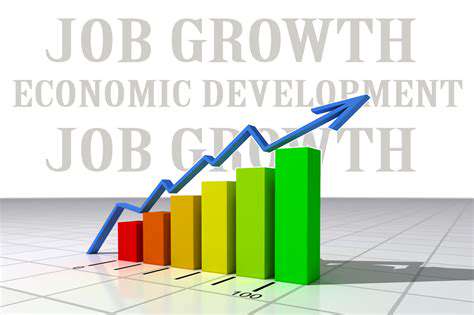
Stimulating Economic Growth
Increased economic activity, driven by job creation and investment, is a direct result of a thriving business environment. A robust economy fosters innovation and entrepreneurship, leading to new products, services, and industries. This ultimately translates into a higher standard of living for the population. Entrepreneurs, fueled by the promise of economic success, are more likely to take risks and invest in new ventures.
Improved Infrastructure
Economic growth often leads to investments in infrastructure, such as roads, bridges, and public transportation. These improvements facilitate commerce, reduce travel times, and enhance the overall quality of life. This improved infrastructure is essential for attracting businesses and fostering economic activity. Well-maintained infrastructure is a key component of a thriving community.
Enhanced Tax Revenue
A growing economy typically generates higher tax revenues for governments. This increased revenue can be utilized to fund essential public services, such as education, healthcare, and infrastructure projects. Increased tax revenue allows for greater public investment and serves as a vital source of funding for social programs. Responsible management of this revenue is crucial for maximizing its impact on society.
Increased Consumer Spending
Job creation and rising incomes often translate into increased consumer spending. This heightened demand stimulates businesses, leading to further job creation and a positive economic feedback loop. Higher consumer spending is a crucial indicator of economic health and prosperity. It fuels the demand for goods and services, driving economic growth and creating a more dynamic market.
Attracting Foreign Investment
A strong economy, characterized by job creation and stable policies, is highly attractive to foreign investors. Foreign investment can provide substantial capital for businesses, leading to increased employment opportunities and technological advancements. Foreign investment often brings expertise and new perspectives, enriching the local economy. This influx of capital can also boost productivity and competition in the market.
Higher Wages and Improved Living Standards
Job creation, particularly in high-skilled sectors, often leads to higher wages and improved living standards for workers. A higher standard of living is a key indicator of a healthy and growing economy. This improvement in wages allows individuals to meet their basic needs and contribute more to the economy through increased consumption and savings.
Reduced Poverty and Inequality
Economic growth, when inclusive and well-managed, can help reduce poverty and income inequality. Job creation in underserved communities is particularly important for reducing inequality. Improved opportunities for employment and higher wages contribute to a more equitable distribution of wealth, leading to a more prosperous and stable society. This reduction in poverty and inequality ultimately strengthens the overall economy.
